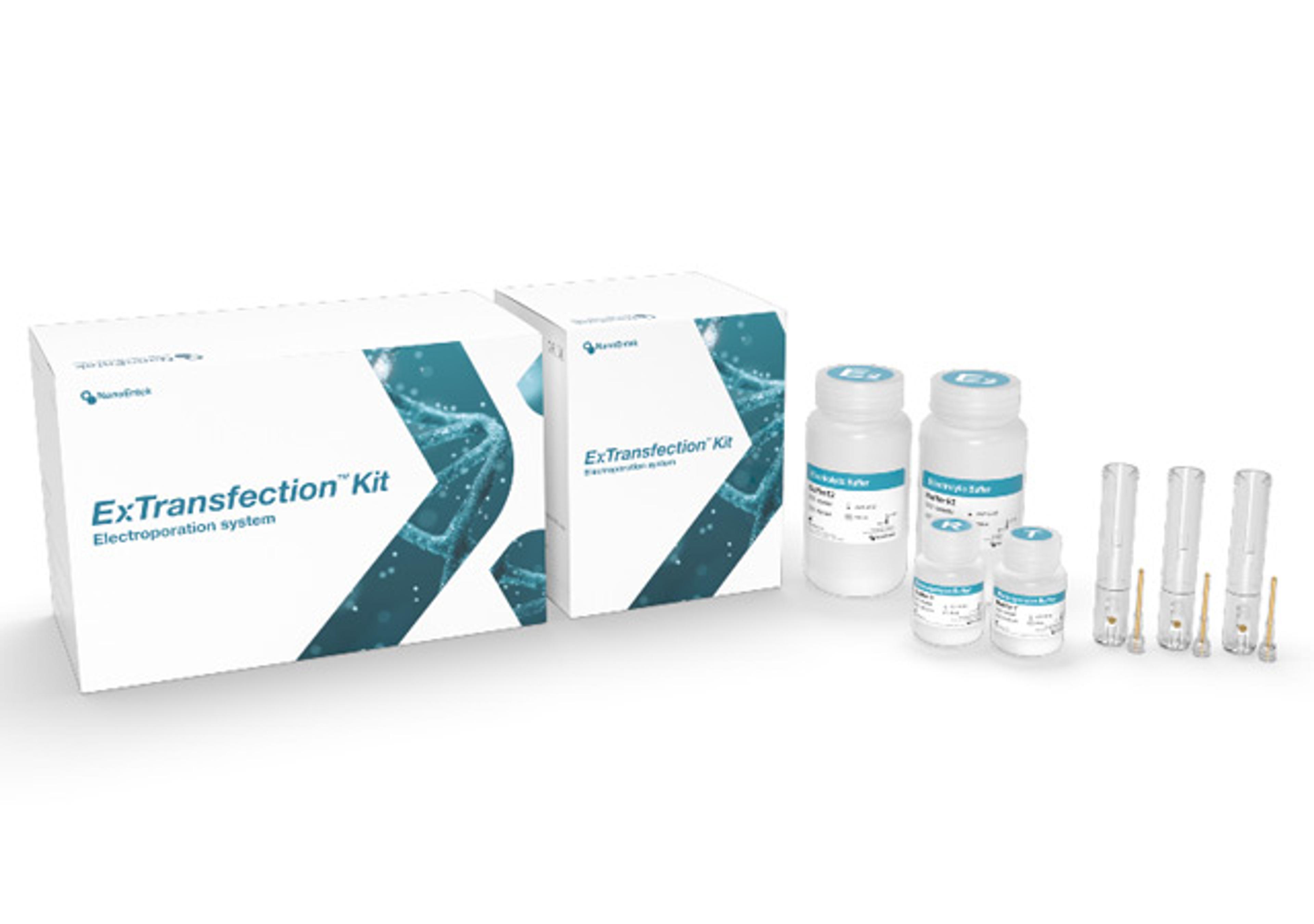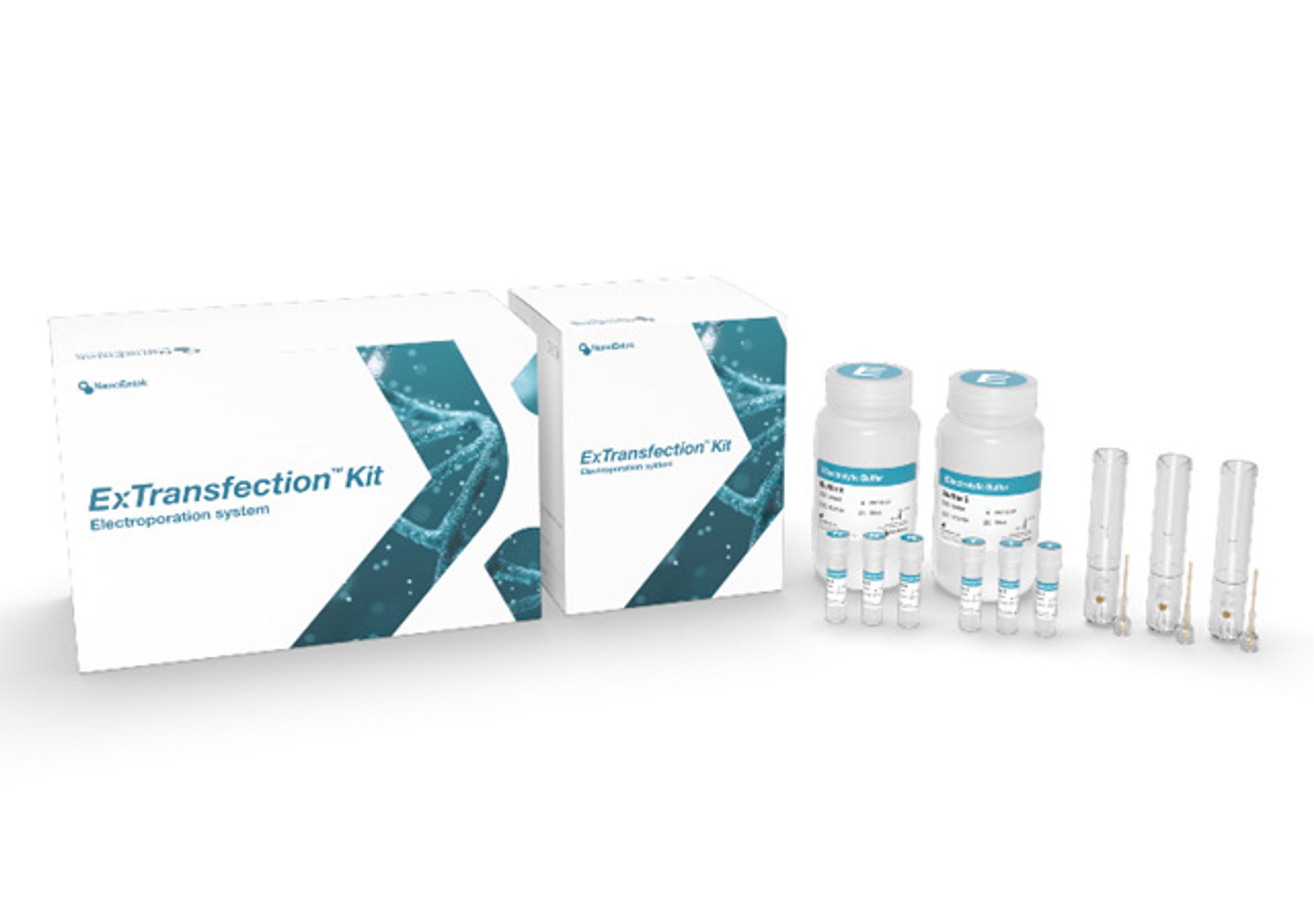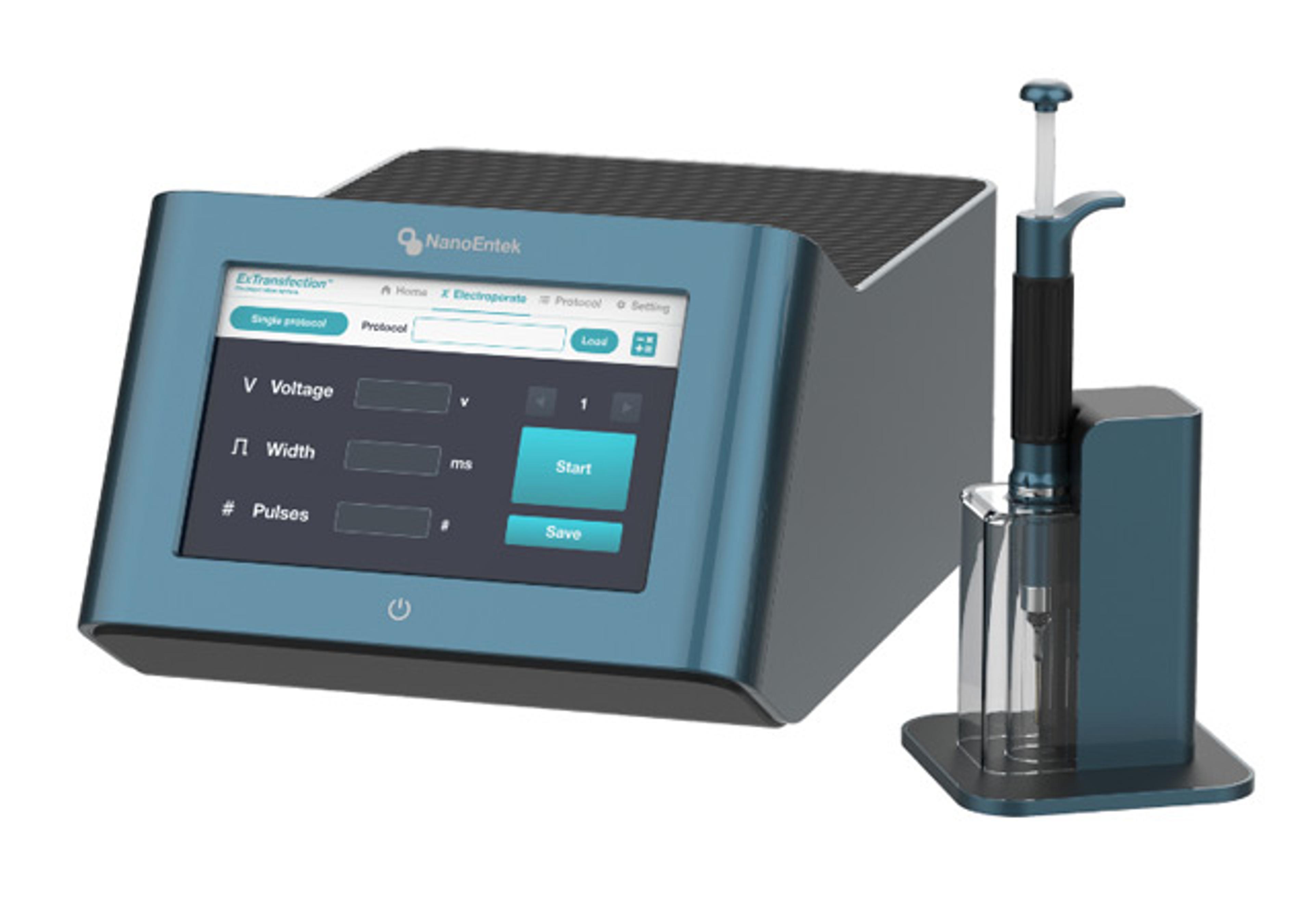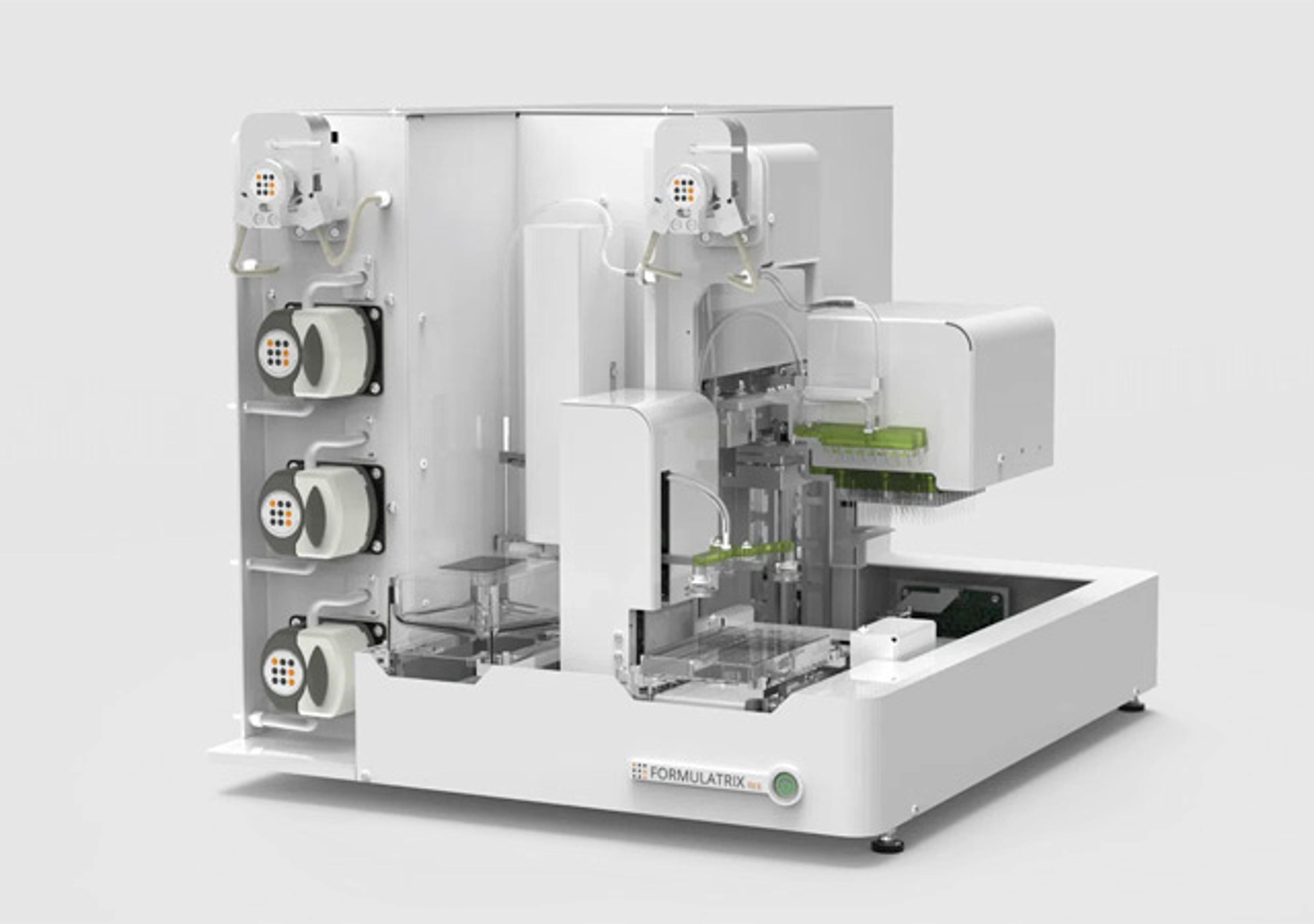Digoxin
High Quality Assays with Reproducible and Reliable Results

The supplier does not provide quotations for this product through SelectScience. You can search for similar products in our Product Directory.
The Quantitative Determination of Digoxin Concentration in Human Serum or Plasma by a Microplate Enzyme Immunoassay, Colorimetric.The clinical usefulness of the measurement of serum digoxin (DIG) is due to its low therapeutic ratio; a very small difference exists between therapeutic and toxic tissue levels. In addition, individuals may vary in their response to digoxin with an apparent increase in susceptibility to toxicity with age.¹ The action of digoxin is to increase the force and velocity of myocardial contraction. This is necessary in the treatment of congestive heart failure and arrhythmias such as atrial fibrillation and atrial flutter.² The myocardial concentrations of digoxin to serum levels remain relatively constant during normal renal function. This distribution ratio of digoxin is approximately 29 to 1 between the heart and serum.³ Thus, monitoring digoxin therapy by measurement of serum levels is feasible from the pharmacological standpoint, since serum levels are related to tissue levels following post-absorption equilibration. ¹ A practical and sensitive method of digoxin quantitation in serum is by enzyme immunoassay. This microplate enzyme immunoassay methodology provides the technician with optimum sensitivity while requiring few technical manipulations. In this method, serum reference, patient specimen, or control is first added to a microplate well. Enzyme-digoxin conjugate is added, and then the reactants are mixed. A competition reaction results between the enzyme conjugate and the native digoxin for a limited number of antibody combining sites immobilized on the well. After the completion of the required incubation period, the antibody bound enzyme-digoxin conjugate isseparated from the unbound enzyme-digoxin conjugate by aspiration or decantation. The activity of the enzyme present on the surface of the well is quantitated by reaction with a suitable substrate to produce color. The employment of several serum references of known digoxin concentration permits construction of a graph of activity and concentration. From comparison to the dose response curve, an unknown specimen's activity can be correlated with digoxin concentration.


















